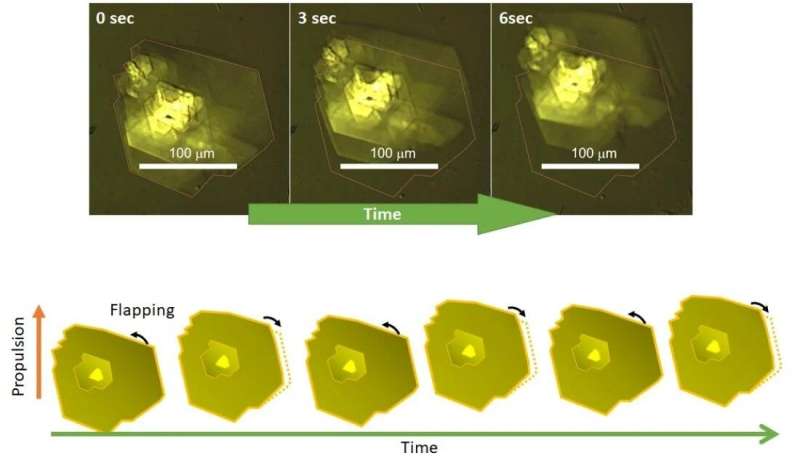The nanoparticles are materials which size is in range from 1 to 100 nm \(\left(1 \left[\mathrm{nm}\right] = 1\times 10^{-9} \left[\mathrm{m}\right]\right)\). Depending on the shape they can be zero-dimensional (0D), one-dimensional (1D), two-dimensional (2D), and three-dimensional (3D). Based on their properties, sizes and shapes they can be classified to carbon based nanoparticles, metal NPs, Ceramics NPs, semiconductor NPs, polymeric NPs, and lipid-based NPs.
The carbon-based nanoparticles are fullerenes (0D NPs), carbon nanotubes (CNTs) (1D NPs), graphene sheets (2D NPs). Fullerenes gained interest from the industry due to their phenomenal properties such as electrical conductivity, mechanical strength, and elasticity, etc. CNTs due to their amazing properties are used in nanocomposites as fillers, efficient gas adsorbents, and support medium for different inorganic and organic catalysis. The graphene sheets proved as great NPs for capturing various gas molecules so possible implementation of these NPs could be as building blocks of extremely sensitive nanosensors in near future.
The metal NPs of the alkali and noble metals (Cu, Ag, and Au) have a broad absorption band in the visible zone of the electromagnetic solar spectrum. Gold NPs are used in the scanning electron microscope (SEM) to enhance the electronic stream which results in high-quality SEM images. Ceramic NPs are inorganic nonmetallic solids found in amorphous, polycrystalline, dense, and porous and hollow forms.
Semiconductor NPs have wide bandgaps and showed significant alteration in their properties with bandgap tuning. These materials are very important in photocatalysis, photo optics, and electron devices. Polymeric NPs are organic-based NPs that are in form of a sphere or a capsule. Lipid-based NPs is the largest spherical NPs with diameters in the range from 100 to 1000 nm. These NPs consist of a solid lipid core and soluble lipophilic molecules confined in a matrix. These NPs are one of the NPs used in applications such as drug carries and delivery and RNA release in cancer therapy.
There are various methods that can be used to synthesize NPs and they can be divided into the bottom-up approach and top-down approach. The bottom-up synthesis includes spinning, template support synthesis, plasma or flame spraying synthesis, laser pyrolysis, chemical vapor deposition (CVD) and atomic/molecular condensation. There is also some research conducted in the field of bottom-up biological synthesis using bacteria, yeasts, fungi, algae, and etc. On the other hand, top-down synthesis includes mechanical milling, chemical etching, sputtering, laser ablation, and electro-explosion.
The continuous investigation of NP materials has shown they possess extraordinary properties and due to these properties, there were some applications in drugs and medications, manufacturing and materials, environment, electronics, energy harvesting, and mechanical engineering. The NPs have been applied for drug delivery to increase drug therapeutic efficiency, weaken side effects, and improve patient compliance. Polyethylene oxide (PEO) and polylactic acid (PLA) NPs are promising systems for intravenous drug administration. Unique plasmon absorbance features of the noble metals NPs have been utilized in chemical sensors and bio sensors.
For more information about NPs check the article.
What are nanoparticles?
The nanoparticles are materials which size is in range from 1 to 100 nm \(\left(1 \left[\mathrm{nm}\right] = 1\times 10^{-9} \left[\mathrm{m}\right]\right)\). Depending on the shape they can be zero-dimensional (0D), one-dimensional (1D), two-dimensional (2D), and three-dimensional (3D). Based on their properties, sizes and shapes they can be classified to carbon based nanoparticles, metal NPs, Ceramics NPs, semiconductor NPs, polymeric NPs, and lipid-based NPs.
The carbon-based nanoparticles are fullerenes (0D NPs), carbon nanotubes (CNTs) (1D NPs), graphene sheets (2D NPs). Fullerenes gained interest from the industry due to their phenomenal properties such as electrical conductivity, mechanical strength, and elasticity, etc. CNTs due to their amazing properties are used in nanocomposites as fillers, efficient gas adsorbents, and support medium for different inorganic and organic catalysis. The graphene sheets proved as great NPs for capturing various gas molecules so possible implementation of these NPs could be as building blocks of extremely sensitive nanosensors in near future.
The metal NPs of the alkali and noble metals (Cu, Ag, and Au) have a broad absorption band in the visible zone of the electromagnetic solar spectrum. Gold NPs are used in the scanning electron microscope (SEM) to enhance the electronic stream which results in high-quality SEM images. Ceramic NPs are inorganic nonmetallic solids found in amorphous, polycrystalline, dense, and porous and hollow forms.
Semiconductor NPs have wide bandgaps and showed significant alteration in their properties with bandgap tuning. These materials are very important in photocatalysis, photo optics, and electron devices. Polymeric NPs are organic-based NPs that are in form of a sphere or a capsule. Lipid-based NPs is the largest spherical NPs with diameters in the range from 100 to 1000 nm. These NPs consist of a solid lipid core and soluble lipophilic molecules confined in a matrix. These NPs are one of the NPs used in applications such as drug carries and delivery and RNA release in cancer therapy.
There are various methods that can be used to synthesize NPs and they can be divided into the bottom-up approach and top-down approach. The bottom-up synthesis includes spinning, template support synthesis, plasma or flame spraying synthesis, laser pyrolysis, chemical vapor deposition (CVD) and atomic/molecular condensation. There is also some research conducted in the field of bottom-up biological synthesis using bacteria, yeasts, fungi, algae, and etc. On the other hand, top-down synthesis includes mechanical milling, chemical etching, sputtering, laser ablation, and electro-explosion.
The continuous investigation of NP materials has shown they possess extraordinary properties and due to these properties, there were some applications in drugs and medications, manufacturing and materials, environment, electronics, energy harvesting, and mechanical engineering. The NPs have been applied for drug delivery to increase drug therapeutic efficiency, weaken side effects, and improve patient compliance. Polyethylene oxide (PEO) and polylactic acid (PLA) NPs are promising systems for intravenous drug administration. Unique plasmon absorbance features of the noble metals NPs have been utilized in chemical sensors and bio sensors.
For more information about NPs check the article.











